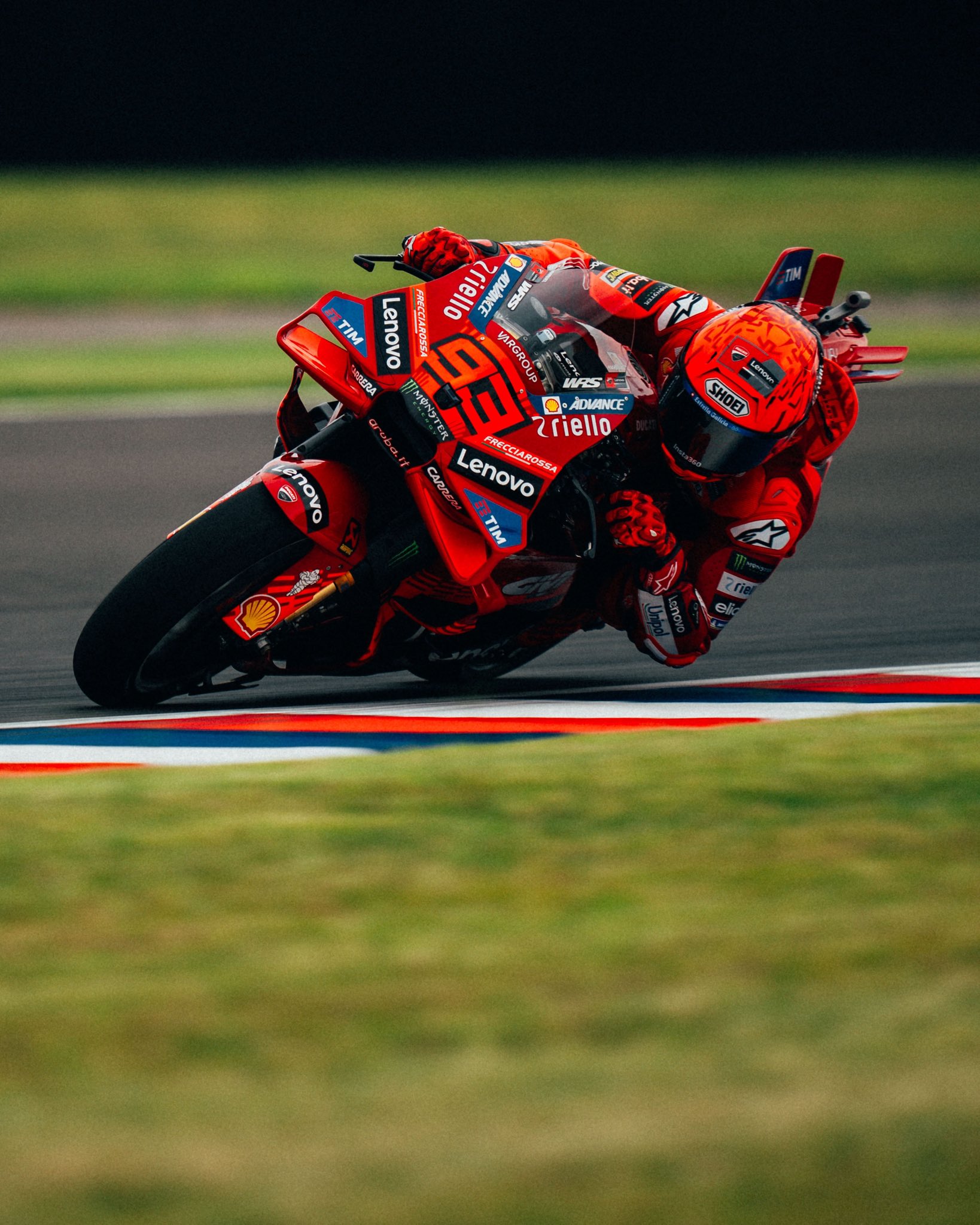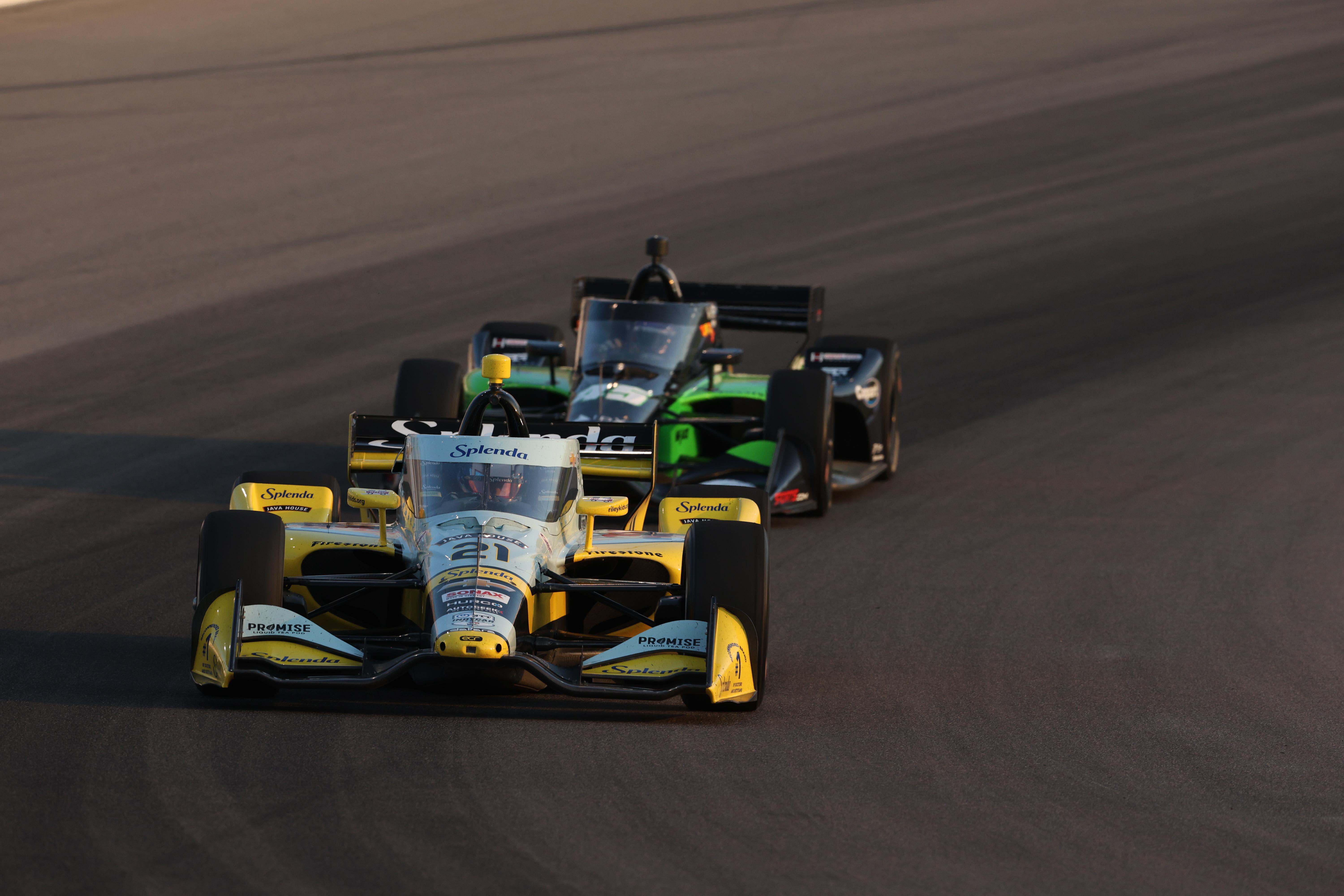Balaton Park’s troubled MotoGP debut: A circuit already under fire
- Aaratrika Gupta

- Sep 4
- 4 min read
Written by Aaratrika Gupta, Edited by Julia Bissessar

The long-awaited Hungary debut of MotoGP was supposed to bring a new buzz to the calendar at Balaton Park. Instead it has fans, riders and pundits wondering how such a flawed layout ever got approved. From the opening practice sessions to the sprint race drama, the track’s shortcomings were brutally exposed, cementing Balaton Park’s reputation as a circuit ill-suited for world-class motorcycle racing.
Concerns about the race had been brewing for months. World Superbike rider Iker Lecuona gave one of the most damning verdicts after testing the circuit earlier this year. He described Balaton Park as “not a circuit for racing,” criticising it as unsafe, joyless, and devoid of the flowing corners that make MotoGP thrilling. His blunt words proved prophetic when the WorldSBK weekend was marred by crashes that injured several riders, including Álvaro Bautista and Lecuona himself. The alarm bells were ringing long before MotoGP even arrived in Hungary.
Bastianini’s crash raises serious doubts
If there was still doubt about whether the layout could handle the speed and aggression of MotoGP, the sprint race provided the answer. Enea Bastianini’s violent accident through the second chicane was a frightening spectacle. Only last-moment evasive action from Pedro Acosta and Luca Marini prevented a multi-bike disaster. The incident was widely seen as confirmation that the slow, fiddly chicanes inserted to keep speeds down actually magnify risk during crowded racing situations. As El País reported, the crash “confirmed doubts about Balaton Park’s safety” and highlighted how the tight sections could become traps rather than safeguards.
The criticism was not limited to one rider or one incident. Several competitors spoke of their unease with the lack of space, the close barriers, and the physical strain of a layout that is unrelentingly slow and technical. In a sport where margins are already razor-thin, the track offered little margin for error and few opportunities for riders to showcase the speed and flow that define premier-class racing.
Riders torn between diplomacy and frustration

Before the weekend began, a handful of MotoGP riders tried to remain diplomatic. Pol Espargaró admitted the track felt “small” and “physical,” though he argued that on paper, the safety met minimum requirements. Michele Pirro was more cautious, pointing out the absence of fast straights and the dominance of slow corners. Franco Morbidelli called the circuit “beautiful” but notably stopped short of outright praise. Others, such as Augusto Fernández, stressed its technicality but conceded that the constant chicanes were unlike anything else on the calendar.
That thin layer of diplomacy wore off quickly. Once racing began, the frustrations spilled over. Riders complained that overtaking was nearly impossible, meaning the spectacle for fans was flat compared with the classics at Mugello, Phillip Island or Assen. And for those in the paddock, the physicality of riding the circuit made it more exhausting than rewarding. The verdict emerging after just one weekend is that Balaton Park might be tolerable for testing, but it is not fit for repeated grand prix racing.
A broader problem in MotoGP
Balaton Park is not the first circuit to raise uncomfortable questions about how MotoGP chooses venues. The sport has a history of compromises when adapting tracks designed for cars rather than motorcycles. Silverstone remains a painful reminder of how those compromises can backfire. In 2025, the resurfaced track—tailored to Formula 1 needs—proved so unsafe for MotoGP in wet conditions that the race was cancelled entirely, stranding more than 125,000 fans.
Similar issues cropped up in Assen, where Marc Márquez suffered two high-speed crashes in practice earlier this season. He later criticised the oversized gravel and poor grip in cooler conditions, both factors tied to track design and maintenance rather than rider error. These examples highlight a worrying trend: circuits entering or returning to the MotoGP calendar without truly meeting the unique requirements of the sport.
Why Balaton Park falls short

What makes Balaton Park particularly frustrating is that the warning signs were clear well in advance. The narrow, stop-start layout does not encourage the kind of racing MotoGP thrives on. Instead of long straights into heavy braking zones or sweeping corners that reward bravery, the Hungarian track forces constant low-speed changes of direction. Riders are not able to push their machines to the maximum and spectators are forced to observe processional races with very minimal overtakes.
More troubling still is the safety picture. Even if the track technically meets minimum standards, the combination of tight margins, close walls, and awkward chicanes creates a powder keg when the grid is bunched together. Bastianini’s accident has already shown how quickly things can go wrong. And with memories still fresh of Bautista, Lecuona, and others being injured during the earlier WorldSBK round, the sport risks repeating mistakes that should have been avoided.
MotoGP is built on the balance of risk and spectacle. Riders accept danger because of the sheer exhilaration the sport provides. But when a track strips away the fun while amplifying the danger, the balance collapses. Balaton Park, at least in its current form, has failed to deliver on both counts. Rather than a triumph of pace and prowess, its first weekend of operation was a reminder of what happens when the design considerations are out of proportion to the nature of motorcycle racing.











Comments